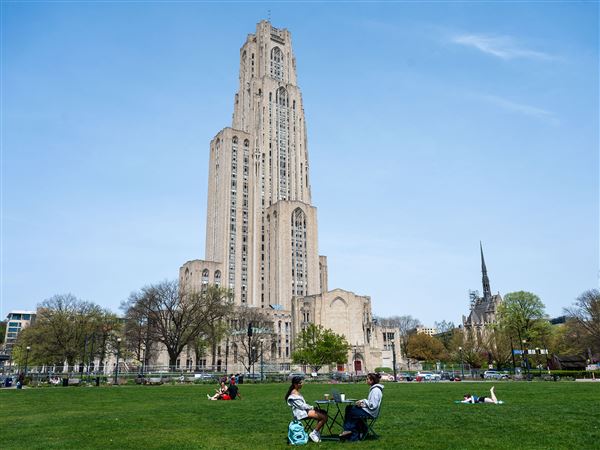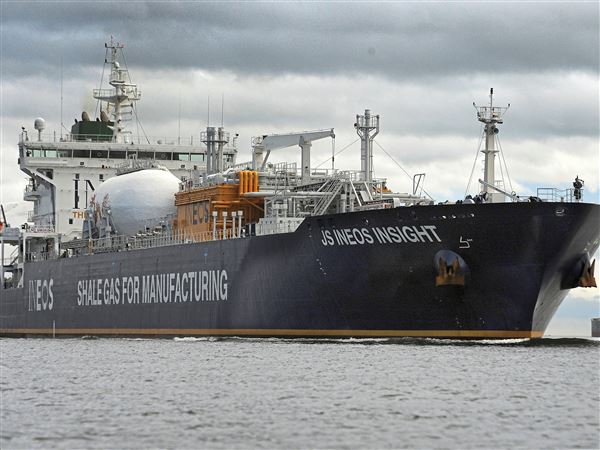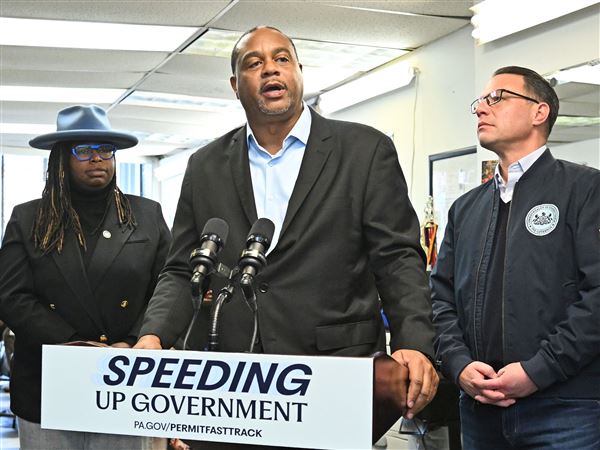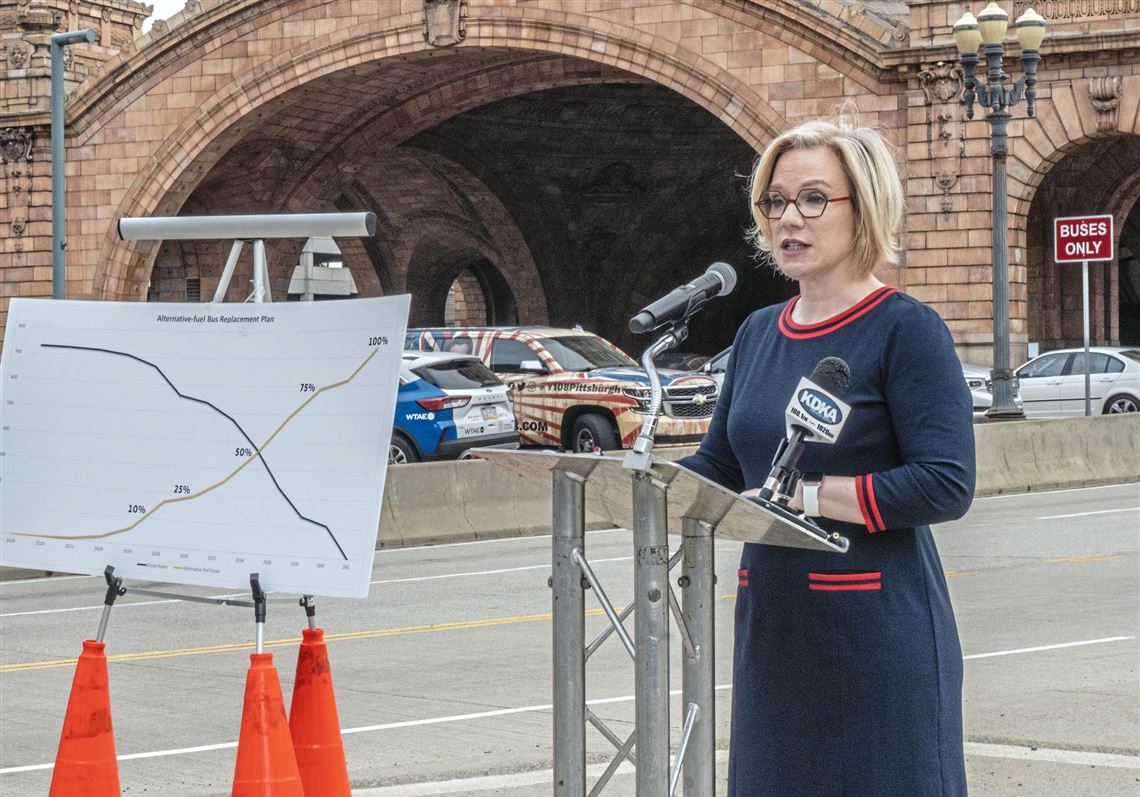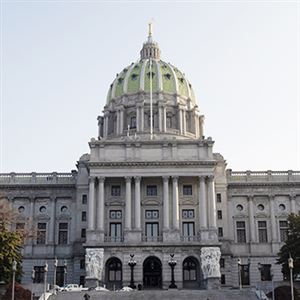Pennsylvania is experiencing one of the commonwealth’s periodic crises of transportation funding, and this time public transit is under the greatest threat. How the state’s leaders handle this moment will determine not just the fate of Pennsylvania’s dozens of transit agencies, but urban (and suburban and even rural) development patterns for decades, if not generations to come.
Harrisburg lawmakers could choose to let struggling agencies, headlined by the Southeastern Pennsylvania Transportation Authority (SEPTA) and Pittsburgh Regional Transit (PRT), continue to decline. This would result in service and reliability cuts, making transit an attractive option for fewer and fewer people, leading to further revenue and reputation declines — a death spiral.
Or Republicans and Democrats can come together to strike a grand bargain that ensures the future not just of transit, but of modern urban development, in Pennsylvania for years to come.
What’s at stake here is more than buses and trolleys and trains (and paratransit, which serves people with disabilities) in themselves, but whether Pennsylvania’s communities, big and small, will be able to reap the benefits of transit: moving more people to more places to experience more amenities and to participate in more economic activity, while allowing for greater density and diversity of development and therefore a larger tax base of people and businesses.
Choosing to let transit wither, on the other hand, is to choose stagnation not just for transit users, but for all of Pennsylvania, and especially the cities that are its economic engines..
An unavoidable crisis
The budget crunch facing PRT and other agencies has been several years in the making. The last attempt to comprehensively fund multi-modal transportation in Pennsylvania occurred with Act 89 in 2013, which sufficed for roughly a decade. Federal pandemic funding served as a reprieve for PRT, putting the crisis off and allowing the agency to bank some state funding in reserve.
Those reserves mean that the agency could maintain current operations for about two years, at which point it would become insolvent. PRT dipped about $50 million into its reserves last year to balance its budget; that deficit will increase to over $100 million next year, and more in the following years.
The vast majority of PRT’s spending — nearly $400 million in the 2025 budget — is for the salaries and benefits of existing employees, and fixed pension obligations. While it is certain that the agency could find efficiencies, as any large organization can and PRT should, the lion’s share of its costs are unavoidable: either the wages of workers to make the system function, or benefits agreed to decades or even generations ago.
Further, it is important to understand that fare revenues contribute very little to any transit agency’s budget. In fiscal year 2024, for instance, PRT took in about $55 million from passengers, against $500 million in expenses. Public transit, as a public service, will never come close to breaking even, any more than the roads drivers use for free will breakeven. It will always require subsidy, which has public benefits.
Within these constraints, it is impossible for PRT to balance its budget without either an increase in state funding, or a decrease in service.
To the bone
In order to spur action, on Friday the agency announced a collection of draconian service cuts it says would be necessary in 2026. The headline-grabbing figures include a 35% overall decrease in service, the full elimination of 41 of 100 bus routes, the end of all service after 11 p.m. (essential for shift workers) and a 62% decrease in paratransit coverage, down to the bare minimum required by the Americans with Disabilities Act.
These threats are, naturally, somewhat overstated. The agency does have enough reserves to maintain its current course for a couple years, though it would be wildly imprudent to do so, staring down bankruptcy. With a modest state funding boost, most of the worst predictions could be averted.
But that wouldn’t be good enough. PRT says it needs a further $117 million from the state to keep going as is. Gov. Josh Shapiro has proposed changing the state’s funding scheme such that PRT would receive an extra $40 million. Even if the agency found, say, $27 million in inefficient spending, that would still leave it $50 million in the hole.
And even modest service cuts discourage and dissuade riders, while muting the positive impact of transit on the region’s economy.
A grand bargain
Transit lines aren’t just lines on a map: They’re economic lifelines that connect people, communities and businesses — and they also, when frequency and reliability are high and land use policies are suitable, spur development along their entire length. Even the moderate density of Pittsburgh’s East End would be impractical without transit. The tax and population base of Dormont or Wilkinsburg never would have developed without transit.
Downtown, the nerve center of all of southwestern Pennsylvania and beyond, is unthinkable without transit.
Investments in transit pay off, for everyone. You don’t have to use transit to benefit from the revenues generated by enhanced economic activity, or from the attractive density and lifestyle options created by a well-designed network. Indeed, it’s hard to imagine Pittsburgh and its close suburbs growing again without transit service that people, especially young people, expect from a modern city.
That will not come to pass without a significant and sustainable investment from Harrisburg. Mr. Shapiro’s proposal is a bandage. Last year, he proposed the same bandage, and eventually the General Assembly passed only about one-fourth of that proposal — a small piece of gauze.
Rather than thinking smaller, what about thinking bigger: a generational investment in transit, the kind of investment that would make Pennsylvania’s cities poster-children for what transit can be, and can do. This would likely require new tax revenues, and intense politicking in Harrisburg. But it would be a legacy achievement for both Mr. Shapiro and Republican Senate leaders, as part of the kind of grand compromise voters no longer believe is possible.
But it is possible. Our leaders just have to want it.
First Published: March 23, 2025, 8:00 a.m.
